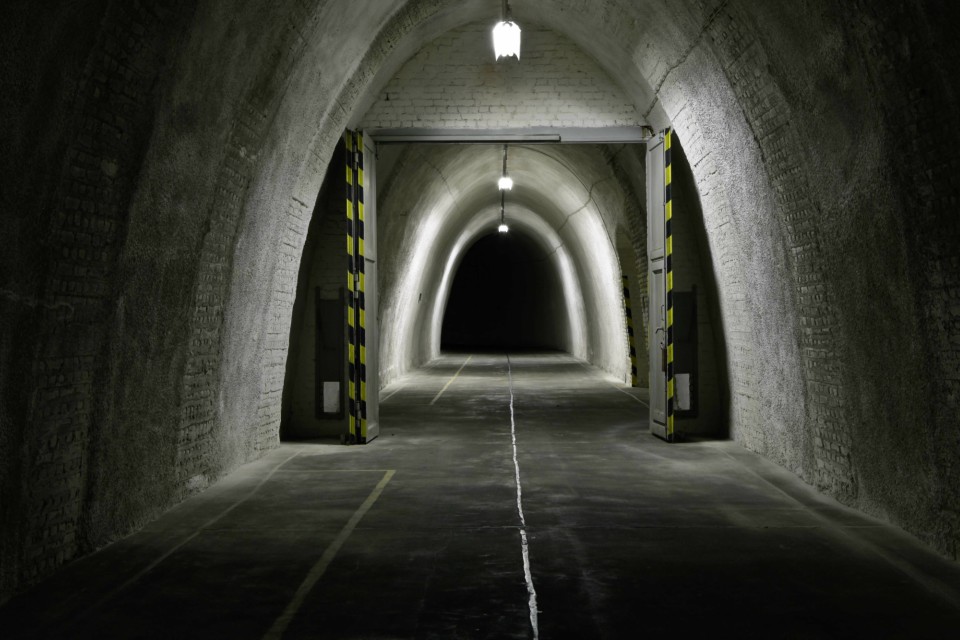Seated at a downtown coffee shop dressed in business casual, Woo Seung-yep looked more like an office worker than a war prepper as he calmly explained how he became the best-known South Korean engaged in guerrilla efforts to prepare for the possibility of war on the Korean peninsula, which has been divided for over 70 years. The two Koreas are still technically at war, since the 1953 armistice that halted the Korean War.


